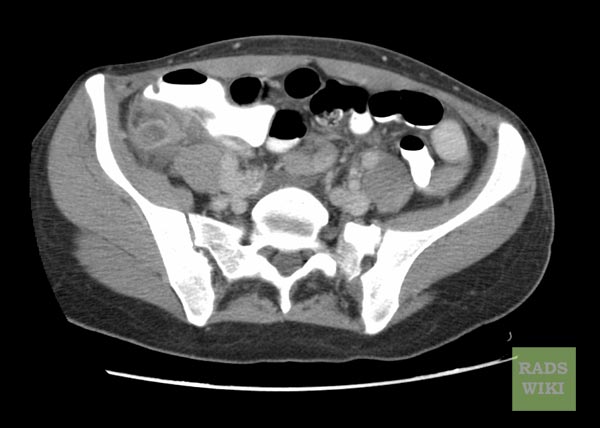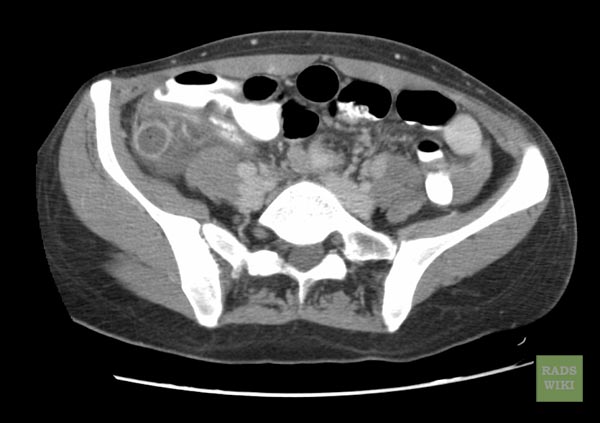Appendicitis, commonly abbreviated as “APP,” is a medical condition characterized by the inflammation of the appendix, a small tube-like structure attached to the large intestine. This condition is one of the most common causes of acute abdominal pain and often requires immediate medical attention. If left untreated, it can lead to serious complications, including rupture and infection. In this article, we will explore the causes, symptoms, and treatment options for appendicitis in detail.

What Is the Appendix?
The appendix is a small, finger-shaped pouch located on the lower right side of the abdomen. It is part of the digestive system but does not play a critical role in digestion. While its exact function remains unclear, some researchers believe it may serve as a reservoir for beneficial gut bacteria. Despite its seemingly minor role, the appendix can become inflamed, leading to a potentially life-threatening condition known as appendicitis.
Causes of Appendicitis
The primary cause of appendicitis is a blockage in the lining of the appendix. This blockage can occur due to several reasons, including:
Obstruction by Fecal Matter
- One of the most common causes of appendicitis is the accumulation of hardened stool, known as fecaliths, within the appendix. These fecaliths can obstruct the opening of the appendix, leading to increased pressure and inflammation.
Infection
- Bacterial or viral infections in the digestive tract can sometimes spread to the appendix, causing swelling and irritation. This type of infection can also result in the buildup of mucus, which contributes to the blockage.
Tumors
- Although rare, tumors in the appendix can lead to blockages that cause inflammation. These tumors can be benign or malignant and are often discovered during surgery or imaging tests for other conditions.
Enlarged Lymph Nodes
- In some cases, swollen lymph nodes in the intestinal wall can press against the appendix, causing it to become inflamed. This is more common in children and young adults.
Foreign Bodies
- Occasionally, foreign objects such as seeds or undigested food particles can lodge themselves in the appendix, triggering inflammation.
Symptoms of Appendicitis
The symptoms of appendicitis can vary depending on the severity of the condition and the individual’s age. However, there are some common signs that people with appendicitis often experience:
Abdominal Pain
- The hallmark symptom of appendicitis is abdominal pain. Initially, the pain may start around the belly button and feel dull or crampy. Over time, it typically shifts to the lower right side of the abdomen and becomes sharper and more severe.
Nausea and Vomiting
- Many individuals with appendicitis experience nausea and vomiting shortly after the onset of abdominal pain. These symptoms are often accompanied by a loss of appetite.
Fever
- A low-grade fever is another common symptom of appendicitis. The fever may range from mild to moderate and is often accompanied by chills or sweating.
Constipation or Diarrhea
- Changes in bowel habits, such as constipation or diarrhea, can occur in people with appendicitis. These changes are usually mild but may persist until the condition is treated.
Bloating and Gas
- Some individuals report feelings of bloating or excessive gas along with abdominal discomfort. This can make it difficult to pass stool or gas comfortably.
Pain When Moving or Coughing
- Physical activity, such as walking, coughing, or sneezing, can exacerbate the pain associated with appendicitis. This sensitivity is due to the inflammation irritating nearby tissues.
Risk Factors for Appendicitis
While anyone can develop appendicitis, certain factors increase the likelihood of experiencing this condition:
Age
- Appendicitis is most commonly diagnosed in individuals between the ages of 10 and 30. Children and teenagers are particularly susceptible due to their developing immune systems.
Family History
- Having a family member who has experienced appendicitis increases your risk of developing the condition. This suggests a possible genetic predisposition.
Dietary Habits
- A diet low in fiber and high in processed foods may contribute to the development of appendicitis. Fiber helps maintain regular bowel movements, reducing the risk of blockages.
Diagnosis of Appendicitis
Diagnosing appendicitis involves a combination of physical examinations, laboratory tests, and imaging studies. Early diagnosis is crucial to prevent complications such as rupture.
Physical Examination
- During a physical exam, a healthcare provider will gently press on the abdomen to check for areas of tenderness. They may also look for signs of rebound tenderness, where pain worsens when pressure is released.
Blood Tests
- Blood tests are performed to check for elevated white blood cell counts, which indicate an infection or inflammation in the body.
Imaging Tests
- Ultrasound and computed tomography scans are commonly used to visualize the appendix and confirm the presence of inflammation. These imaging techniques help rule out other conditions with similar symptoms.
Treatment Options for Appendicitis
The treatment for appendicitis depends on the severity of the condition and whether the appendix has ruptured. In most cases, surgery is required to remove the inflamed appendix.
Appendectomy
- An appendectomy is the surgical removal of the appendix and is the standard treatment for appendicitis. There are two main types of appendectomy: open surgery and laparoscopic surgery.
Open Surgery
- In open surgery, a single incision is made in the lower right abdomen to access and remove the appendix. This method is typically used if the appendix has ruptured or if there are complications.
Laparoscopic Surgery
- Laparoscopic surgery involves making several small incisions and using specialized tools and a camera to remove the appendix. This approach results in less scarring and faster recovery times compared to open surgery.
Antibiotics
- In some cases, antibiotics may be prescribed before or after surgery to treat any existing infection. For mild cases of appendicitis, antibiotics alone may be sufficient to resolve the inflammation without the need for surgery.
Post-Surgical Care
- After surgery, patients are monitored closely for complications such as infection or abscess formation. Pain management medications and dietary adjustments are often recommended during the recovery period.
Complications of Untreated Appendicitis
If appendicitis is not treated promptly, it can lead to serious complications, including:
Rupture
- A ruptured appendix releases bacteria and infected material into the abdominal cavity, causing a condition called peritonitis. Peritonitis is a life-threatening infection that requires immediate medical intervention.
Abscess Formation
- An abscess is a pocket of pus that forms around the appendix. Abscesses must be drained surgically or through needle aspiration to prevent further complications.
Sepsis
- Sepsis occurs when the infection spreads throughout the body, leading to systemic inflammation and organ failure. This condition is considered a medical emergency and requires intensive care.
Prevention Tips
While there is no guaranteed way to prevent appendicitis, adopting healthy lifestyle habits can reduce the risk:
- Eat a balanced diet rich in fiber to promote regular bowel movements and minimize the risk of blockages.
- Stay hydrated by drinking plenty of water throughout the day.
- Seek prompt medical attention for any unexplained abdominal pain or digestive issues.





